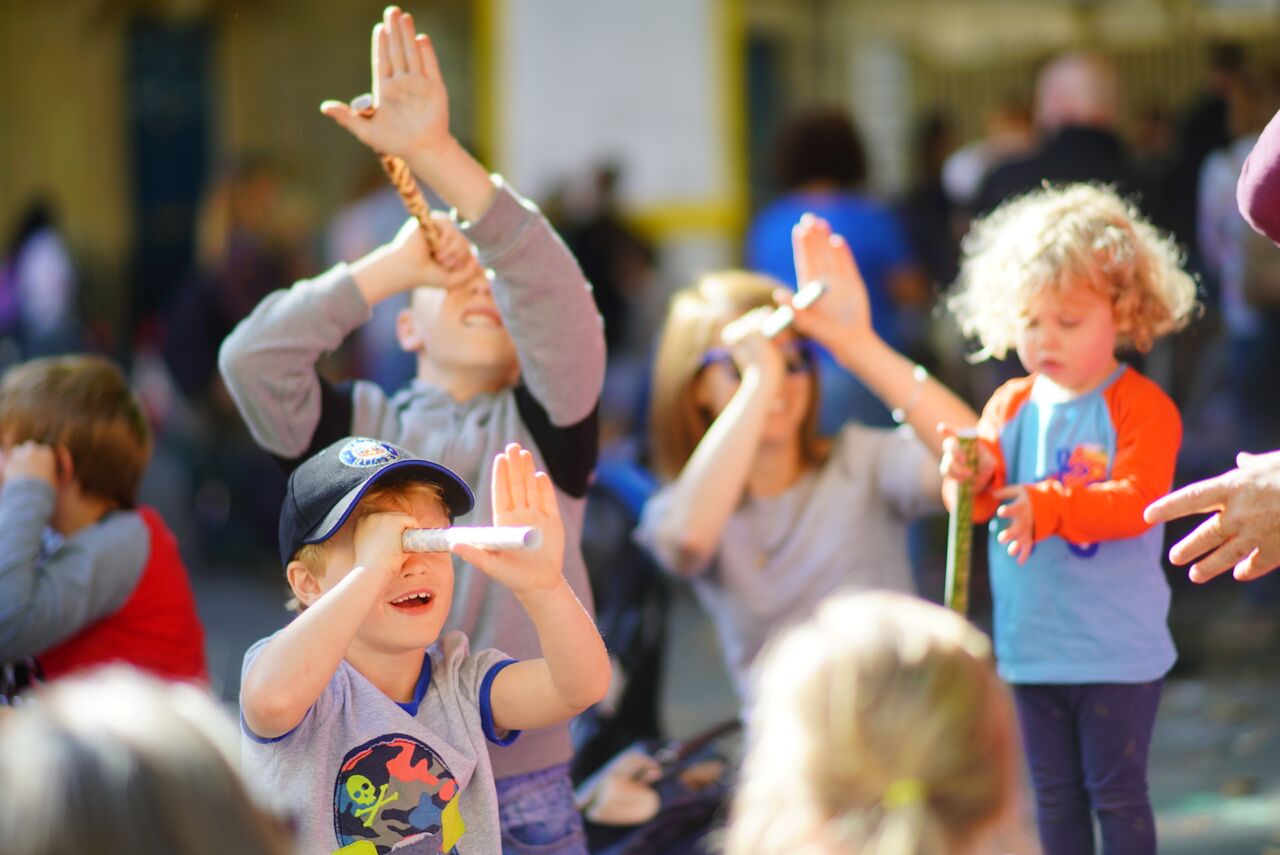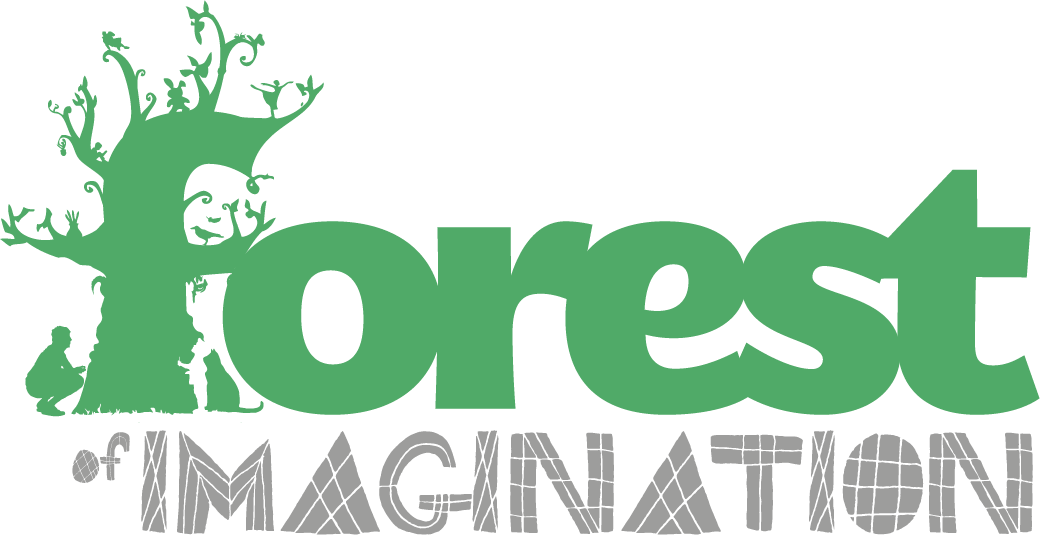We are all Artists

14 Oct 2020
Everyone is an Artist says Dr Penny Hay
I am an artist, educator and researcher and on a daily basis aim to make creativity visible in experimental sites for learning in our House of Imagination. During lockdown we have been working with the Forest of Imagination and The Big Draw teams to co-design VirtualForest 2020. Being actively creative has become a lifeline – together we have witnessed extraordinary creativity emerge from a crisis.
Our creative methodology in the House of Imagination – everyone an artist – drives our ambition for artistic excellence and creative education. Everyone can realise their creative potential in a creative and nurturing environment. House of Imagination is a studio environment for children and young people to work alongside artists and creative professionals, as creative role models.
I think it’s so important to develop artistic ‘habits of mind’ – creative thinking, imagination, playfulness, valuing uncertainty, reflection – to take through life, so we can find that intrinsic motivation to ‘follow our fascinations’ and develop our own lines of creative enquiry. Sadly, too often ‘school art’ can be very prescriptive and puts many children and young people off the idea of pursuing their own identity as an artist. If young people are trusted and respected to have agency in their own learning, their aspirations, confidence and engagement increase. There is a beautiful quote from Loris Malaguzzi that states ‘once children are helped to perceive themselves as authors or inventors, once they are helped to discover the pleasures of inquiry, their motivation and interest explode.’
I remember as a child, I would lose myself in drawing. It’s what Mihaly Csikszentmihalyi calls ‘being in the flow’, a state of heightened immersion in activities and experiences that induces happiness. Crucially it is about having the time and space to explore your own artistic sensibilities and creative practice. If we are to follow these creative pathways through our lives it can lead to more fulfilment and everyday creativity. I still keep a sketchbook as a reflective journal and a place to think through drawing.
Art reflects our developing identities – whether this is personal, social or cultural. The arts allow you to try out different versions of yourself. Play and experimentation are a way of exploring, being curious and making sense of the world. If children see themselves as artists they can play with possibilities and help to make the creative process visible. Lily (7 years old) shared her thoughts with me about being an artist,
‘It’s easy!
Have a great imagination, and then you will have great ideas
be positive, don’t worry if you make mistakes
be good at playing
be good at thinking, be thoughtful
art is about everything!’
Artists like Grayson Perry have helped massively in democratising the artistic and creative process. His wonderful ‘Art Club’ certainly helped many people of all ages during lockdown. I always emphasise possibilities not prescriptions, starting with the individual’s interests, passions and fascinations. Inspiration can come from such a wide range of sources, including our own experience as well as other artists’ work – but to inspire not copy! There is a fine balance between providing a light structure as a creative provocation, with enough freedom to explore ideas in an open-ended way, inviting imagination, immersion and ingenuity.
Forest of Imagination is a great example of how we co-design a series of playful, creative and open-ended spaces, installations and experiences to explore everyone’s creativity and imagination and to make these processes visible in the world. This is a wonderful and creative collaboration with big themes and key messages in response to the climate emergency – it is an invitation for everyone to get involved in a conversation about our collective imagination and how we can work together to make a difference.
Being an artist also involves asking questions, solving problems, thinking through materials, making sense and making meaning. I love talking with children about their artwork, especially about where their ideas come from and how they develop these further. Often children will reveal their real (and imaginary) selves through their art making, it shows who they are or who they want to be – a sense of being and becoming. Creating art invites a unique way of seeing and being in the world, embracing curiosity, imagination and creativity to express our thoughts, ideas and feelings, and importantly to construct meaning.
This is where all of the arts have a significant role to play. Engagement with the arts, creativity and culture plays a crucial role in our personal and social development. Each art form has its own integrity and characteristics – the arts provide ways of saying things that often cannot be said in other ways. Arts experiences enable us to understand that the imagination and creativity are not marginal but central to the development of the individual and society.
Dr Penny Hay FRSA, FHEA is an artist and educator, Research Fellow, Centre for Cultural and Creative Industries; Reader in Creative Teaching and Learning, Senior Lecturer in Arts Education, School of Education, Bath Spa University and Director of Research, House of Imagination. Signature projects include School Without Walls and Forest of Imagination. Penny’s doctoral research focused on how we support children’s learning identity as artists.
https://www.bathspa.ac.uk/our-people/penny-hay/
I see my job with adult learners as showing them how to realise that deep desire to create art, to make marks, to learn a new approach or satisfy an impulse to use materials which they cannot define. In my workshops, I look at individuals’ interests and abilities to guide and encourage them in their work. I provide a wide range of materials to inspire each project, using each participant’s ideas and motivations rather than imposing prescriptive tasks. Techniques are usually paper cutting, paper collage, paper sculpture and sometimes life drawing. Sometimes themes are more specific, for example Venetian mask-making, or creating Steam-Punk Jewellery for a workshop at The Museum of London.
I urge students to draw freehand, showing them basic drawing steps where needed. For those who are less confident, we use tracing paper or carbon paper to enable them to make an image they feel happy with. I try to match all aspects of the session, from the tempo of the class through to colour palettes, designs, materials and techniques to what I can glean from the person I’m working with. I listen hard to what they say about themselves, their ambitions, their passions and hobbies. Even their clothes, jewellery or tattoos give valuable clues about their unique artistic persona.
The most significant thing about finding the artist in everyone is the revelation of an individual’s preferred mode of expression. It could be making wire animals, or tape images of street markings. It could be drawing a self-portrait with a soft pencil. There are any number of combinations of inspiration, subject matter and artistic media. For my husband, a former civil servant, creating sweeps of colour and structural harmony in our small garden allows him to express his artistic vision. Others find their expression in words, mosaics or something as simple as making greeting cards. What matters most is the ability to satisfy that impulse to make art in whatever medium we choose. To begin to give voice, and space, and validity to your inner artist is the first brave step in becoming.
****

